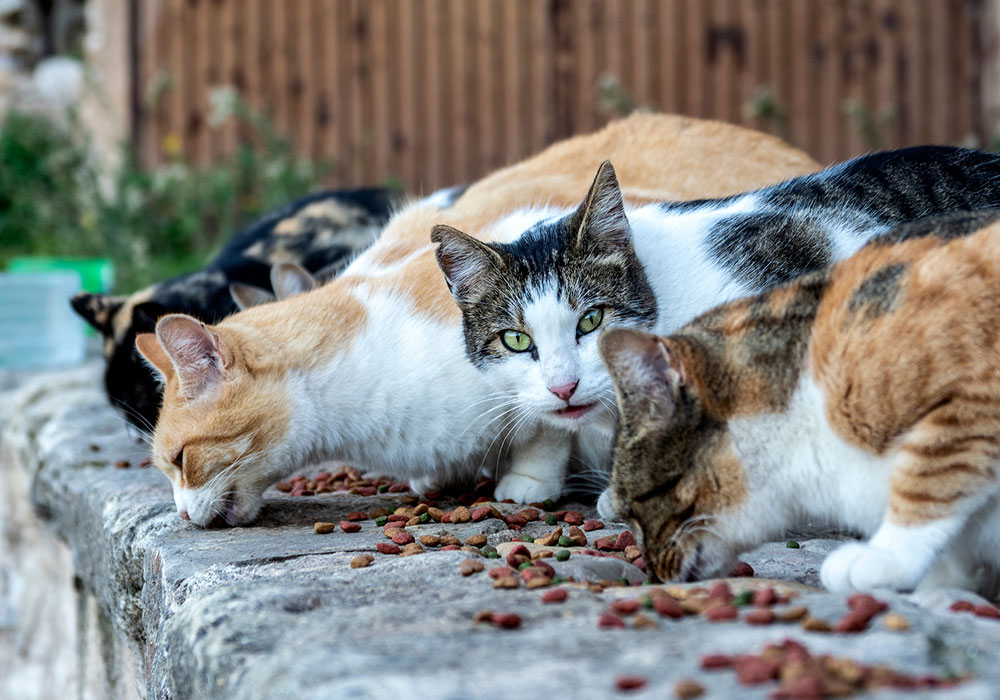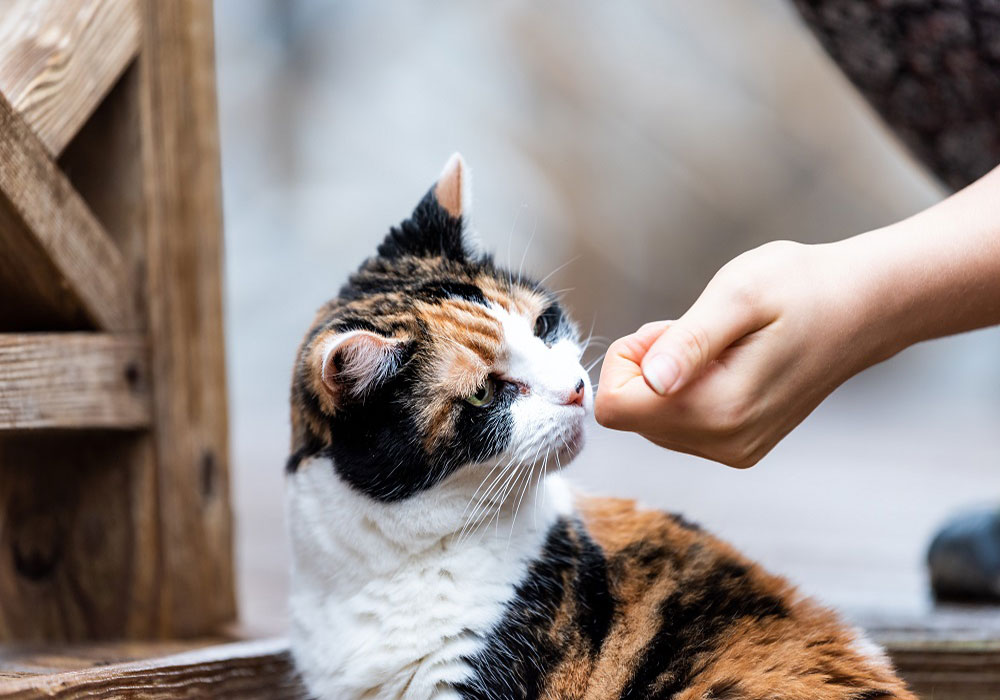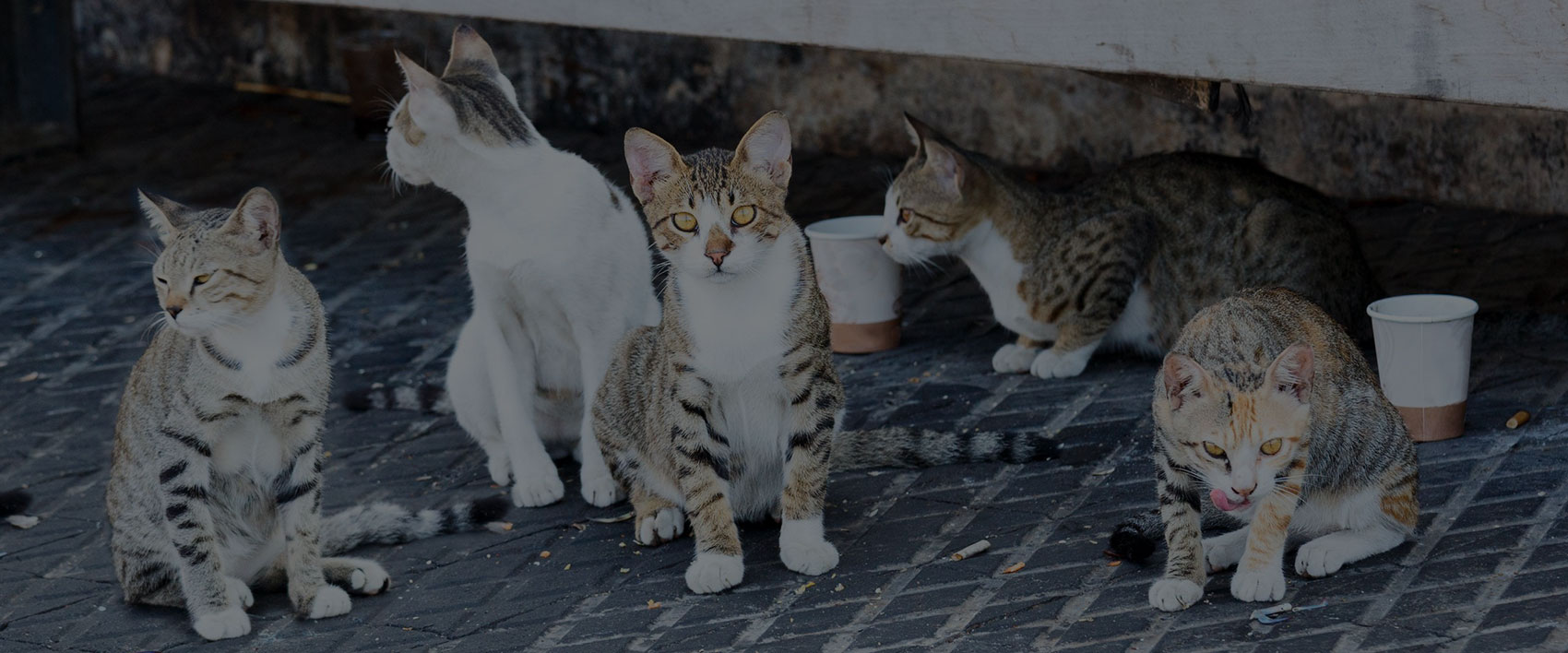Feral Cats And Stray Cats: Understanding The Differences
The number of feral cats is growing rapidly, but they’re not the only cats living outside and fending for themselves. The tabby you spot in a parking lot may be feral, but it could also be a stray.
While these terms are often used interchangeably, feral and stray cats are actually very different. Understanding this distinction is crucial if you’re trying to help the cats in your area. Here’s what you need to know:
Feral Cats, Stray Cats And Other Outdoor Cats
Before diving into identification, it’s important to clarify the different categories of cats based on their living situations and socialization with humans. “Living situation” refers to whether the cat is indoors or outdoors, while “socialization” indicates how comfortable the cat is around people.
Feral Cat
A feral cat is a cat that has lived exclusively outside and has no human owner. These cats are not socialized with people and behave more like wild animals than domesticated pets. Feral cats will usually run away or hiss if a person gets too close. They often live in colonies with other ferals, and while some may rely on kind humans for food, many can fend for themselves.
Key traits:
Avoids human interaction;
Lives outside in colonies;
Does not seek human attention or affection

Stray Cat
Strays also live outdoors, but unlike feral cats, they’ve had past interactions with humans. Stray cats were once pets, but were either lost or abandoned. The longer they stay outside, the more they may become feral, but before that happens, they are usually more approachable. Strays may approach humans for food or attention, and some are friendly and may even purr or rub against people. However, some strays are still timid and prefer to stay hidden.
Key traits:
Former pets that have lost their homes;
May approach humans for food or companionship;
Can be re-socialized and adopted
Community Cat
The term community cat is commonly used by animal advocates to describe both feral and stray cats in a particular area. It’s a broad term that encompasses any cat living outdoors without a dedicated owner.
Key traits:
Includes both feral and stray cats;
Lives outside as part of a local population;
Can be part of a managed colony
Stray Vs Feral Cats
Socialization with Humans and Other Cats
Feral cats are typically not socialized with humans and will avoid them at all costs. The exception is when a feral cat is part of a colony managed by a caretaker. In these cases, the cats might recognize the person who regularly provides food but won’t be friendly.
Stray cats, on the other hand, have some history with humans and may approach you for attention or food. They might also seek shelter near humans.
You can also observe how the cat behaves with other cats. Most feral cats live in colonies and interact with one another. Strays are more likely to be on their own, although some may be integrated into feral colonies, though this is rare.
Vocalization
Stray cats may meow or purr as a way to communicate with humans, especially if they are looking for food or companionship.
Feral cats tend to remain silent or hiss if you get too close. They are much less likely to meow or interact in any way that indicates friendliness.
Body Language
The way a cat moves can reveal a lot about its behavior:
Stray cats might be shy but still move freely. They may walk with their tail up, rub against objects like trees or posts, and make eye contact.
Feral cats, on the other hand, will usually be more cautious, keeping their tail low or wrapped around their body. They may crawl or crouch rather than walk upright.

How Feral And Stray Cats Appear
While you can’t conclusively identify whether a cat is feral or stray based on appearance alone, there are some clues. Stray cats may appear dirty, thin, or unkempt because they aren’t used to living outdoors. In contrast, feral cats are more accustomed to outdoor life and tend to have better-groomed coats, though they may still look rough around the edges.
Understanding the differences between feral and stray cats can help you provide the right kind of care or support. Feral cats need community-based management like TNR (Trap-Neuter-Return), while strays are often more social and can be re-homed. Whether you’re caring for a feral colony or helping a lost stray, your actions can make a huge difference in the lives of these cats.










